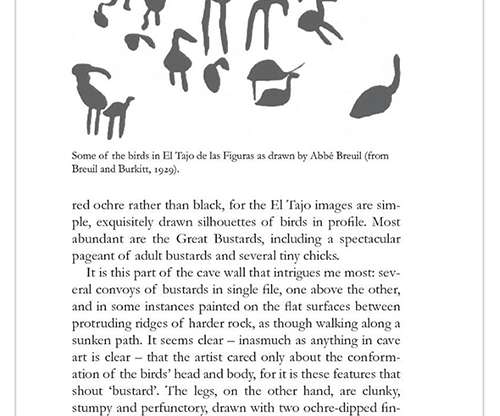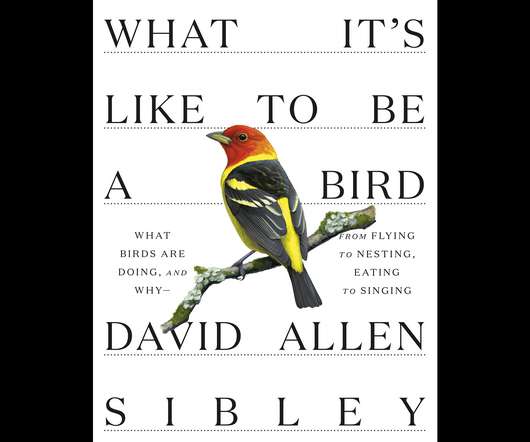What the Owl Knows: The New Science of the World’s Most Enigmatic Birds: A Book Review
10,000 Birds
JULY 4, 2023
Jennifer Ackerman points out in the introduction to What the Owl Knows: The New Science of the World’s Most Enigmatic Birds , that we don’t know much, but that very soon we may know a lot more. What the Owl Knows: The New Science of the World’s Most Enigmatic Birds is a joyous, fascinating read. They are also hunted.













Let's personalize your content